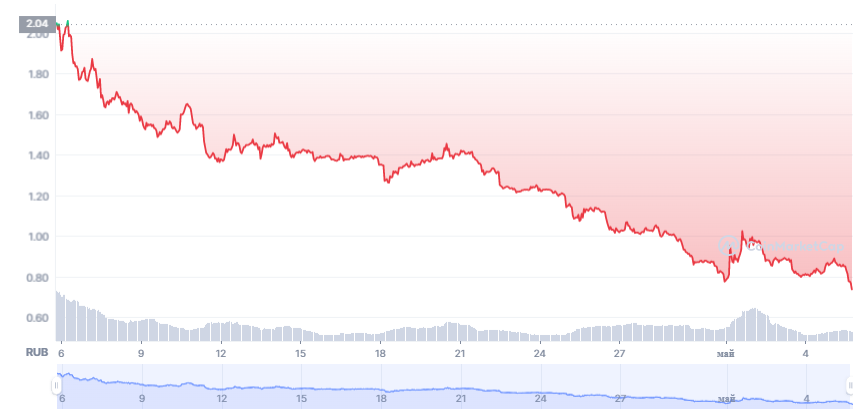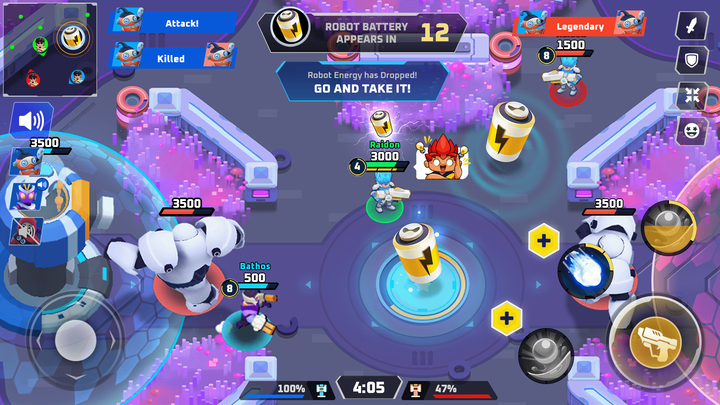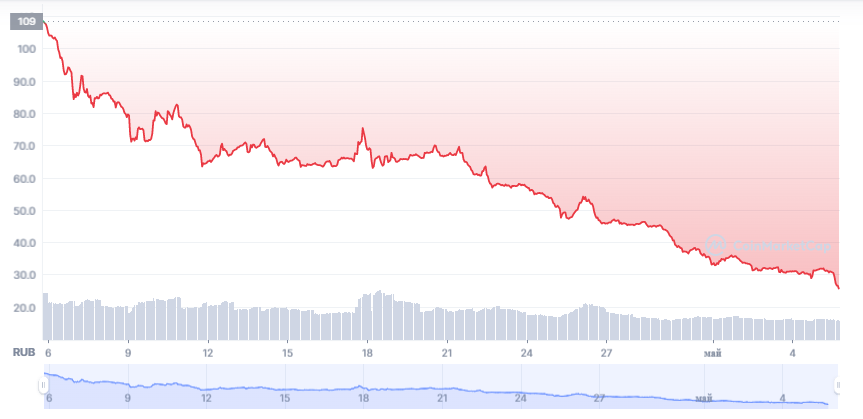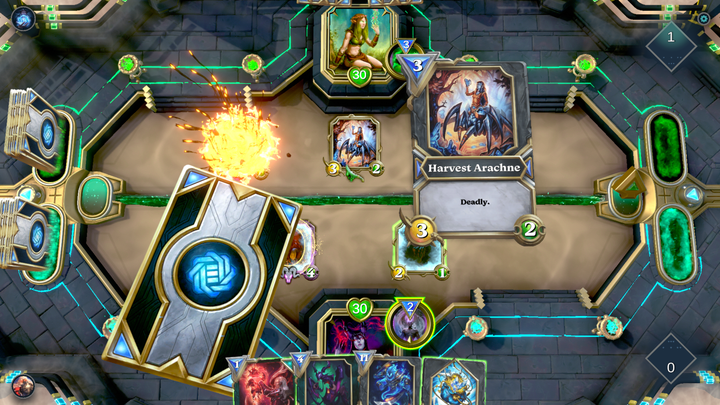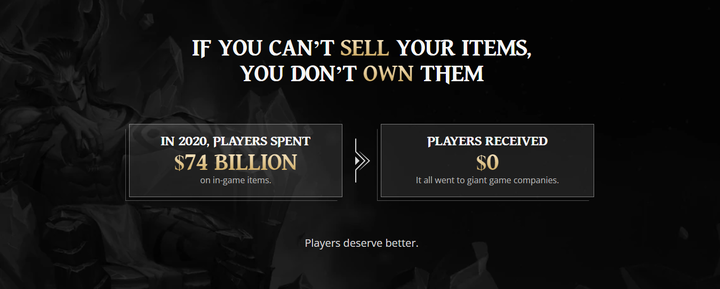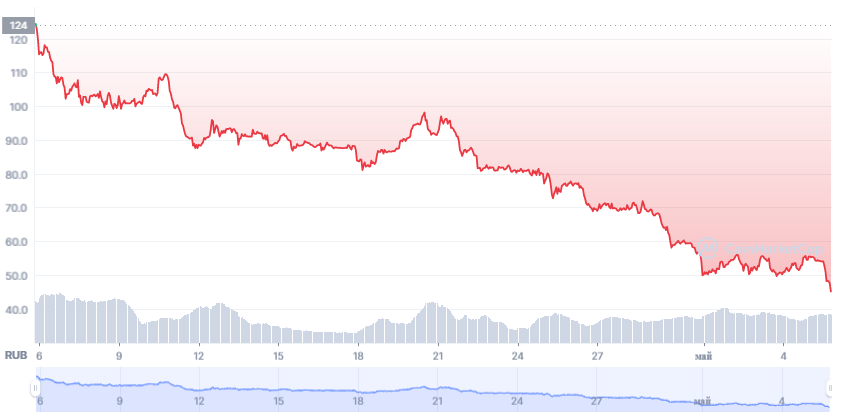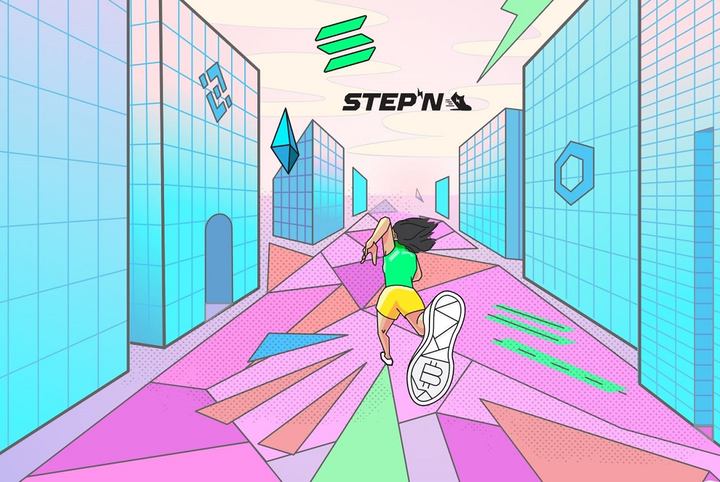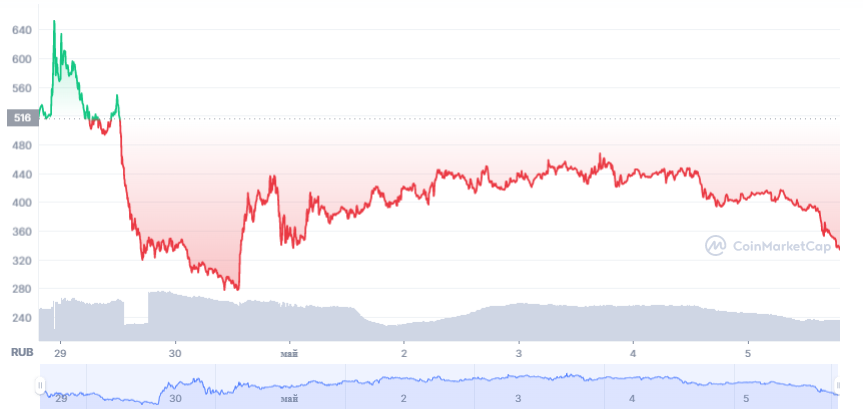I would like to start this article with the information that NFT sales as a whole have fallen by 92% since their peak. For example, the first tweet of the founder of Twitter, popular in Telegram advertising, was once purchased for a fabulous $2.9 million, and now it is offered for no more than $14,000 at auction.
Analyst Daniel Ahmad believes that this is due to the inability to calculate the real value of the NFT, which is, in fact, a .jpeg picture. In his Twitter post, he mentions that non-reproducible tokens make a little more sense in games, because there you own at least the game model or assets. I would like to analyze, using the example of the most popular representatives of the “play to earn" genre, whether this is actually the case.
In fact, NFT games have found their place in poor countries with developing economies, because with a relatively low investment they can earn up to $400-500 per month. Thus, the economy of these countries loses the adjective "developing", because who will be engaged in production, if you can earn money just by playing games?
Axie Infinity
The most popular representative of the genre, a kind of pokemon with its own special feature in the form of the ability to raise money. To get started, you will need to purchase three animals, referred to here as "Axi", the price of which varies from $15 to $500 apiece. It is logical that the more expensive the axi, the more chances to win in battle. The currency earned from battles with other players is called SLP (Smooth Love Potion) and you can use it in two ways: sell it and withdraw it into real money, or spend it on crossing your axes in order to further sell the brood or strengthen your team.
The first thing that catches your eye: the uncontrolled release of new coins, the value of which is not determined by anything other than the popularity of the game and the demand for the coin from the players. With this approach, inflation and a rapid depreciation of the coin is inevitable, which is what we are seeing now.
SLP rate against the ruble
The second unpleasant moment is that this game is simply boring, built on uninteresting and quickly boring mechanics, which is why it incredibly quickly turns into routine work. It got crazy: more developed players rented out their accounts to newcomers who did not have the funds for the initial investment, taking up to 60% of the income for themselves.
All of the above is very reminiscent of the symptoms of a banal financial pyramid in a beautiful wrapper: your income grows as long as there is demand for the game and for the coin that supports it. As soon as players start withdrawing more than investing, there is a strong drop in the value of assets (if you can call it that), which is what we are seeing now.
Thetan Arena
Kids love Brawl Stars, and let’s do the same for them, but with our special spice – NFT.
Add all the negative aspects of the last game yourself, and in the meantime we will prepare a list of new ones. In order to farm THG-coins (the main currency of the game), you need to (surprise) win battles. The resulting wealth can be withdrawn into real money or spent on the purchase of new characters. But here’s the thing…
THG exchange rate against the ruble
Imagine if each game of conditional Dota 2 cost you money, and the victory at the same time depends not only on you, but also on your random allies, one of whom accidentally clicked on the game search and went about his business. Let’s add to this the fact that in the game against you, well-coordinated teams of bots often come across, which once or twice take out a poorly coordinated team of random players; a favorite disease of any games where money decides something: "let’s add a very strong character, everyone will buy him, and then weaken him."
Oh yeah, your characters don’t belong to you. Due to some features, it is impossible to upload the model and characteristics of the character to the blockchain, at best, a link to the server where these models are contained. However, this does not forbid the developers to take and change the parameters of your hero for the worse. Of course, no one will return the money.
Gods Unchained
Quite expectedly, our list is complemented by a collectible card game. At its core, it is a cross between Hearthstone and Gwent, only with cards for real money.
If in the mentioned CCGs the card is made worse, then the developers allow you to reimburse the full cost for it, then here such an opportunity cannot be provided purely technically: you cannot press Ctrl + Z and delete the entry from the blockchain, this card is yours, and do what you want with it want to.
Among all those mentioned, the game stands out with a very hypocritical statement on the site, which tries to make the developers look like Robin Hood:
And also the fact that their GODS coin collapsed relative to peak performance much more than its competitors. Apparently, the players did not check out the generosity.
GODS exchange rate against the ruble
Stepn
I must admit, the most interesting of the projects that hit our dinner table today. It even spawned a new generation of NFT games: move to earn. The idea is pretty cool: buy NFT sneakers, run/walk with the app turned on and get passive income in the form of GST tokens. If only it were that simple…
The most budget pair of sneakers costs from $ 1000, while running in it will not work indefinitely: shoes have a limited supply of energy, which will not allow you to “virtually” run for more than 10 minutes. If we have the best running shoes, we can get up to 12 GST for such a run, which equals approximately $31 per day. By simple mathematical calculations, we get that one pair of sneakers, in the most optimistic scenario, will pay for itself in a little more than a month. Sounds good, right? Maybe, but that’s where wear mechanics come into play: your legendary Airmaxcan suddenly break, while the repair still requires the same currency, which in the worst case scenario can double the payback period. Multiplying all this by the rapidly falling exchange rate, and the prospect of making money jogging no longer seems so attractive.
And if you still decide on such a part-time job, the application does not track the very fact of running. The owners of electric scooters and bicycles put on a sly face.
GST exchange rate against the ruble
Minecraft
Thank God, Microsoft didn’t think of adding NFT here either. This is, rather, a reference example of a banal scam on the wave of hype for tokens.
Someone very enterprising under the general name Blockverse decided to create a server in Minecraft, in which it would be possible to mine NFT during the game for the purpose of further resale. For everyone who wants to "play and earn" a collection of in-game avatars was created, which were sold for over $ 1.2 million in just 8 minutes.
However, the very next day after the sale, the project’s website suddenly stopped working, the discord server was removed, and the developers stopped communicating. And you know what ‘s the funniest thing? These NFTs of a non-existent project were eventually bought out for almost twice the price by a group of unknown successful crypto investors.


